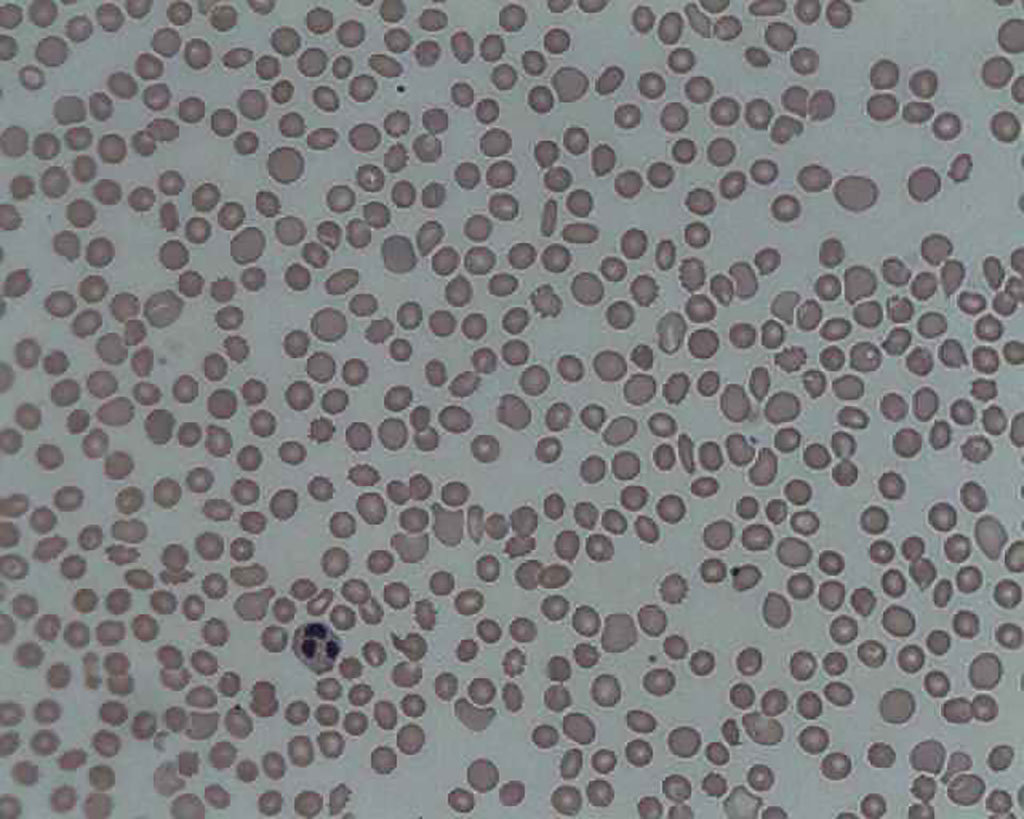Thrombocytopenia Prevalence in Acute Cancer-Associated Thrombosis Patients
Posted on 05 Oct 2022
Venous thromboembolism (VTE) is a common complication in patients with cancer, with thrombosis being the second leading cause of death among outpatients undergoing chemotherapy. Thrombocytopenia is also a common complication in patients with cancer, either due to the underlying malignancy or toxicity of cancer-directed therapy.
Due to the unique risk profile of cancer patients, management of cancer-associated thrombosis (CAT) requires special considerations as compared to VTE in non-cancer patients. Clinical decision-making in patients with cancer who develop both thrombosis and thrombocytopenia is challenging as thrombocytopenia increases the risk of bleeding without conferring protection against thrombosis.

Hematologists at the Beth Israel Deaconess Medical Center (Boston MA, USA) evaluated the prevalence of thrombocytopenia among patients with acute CAT. A retrospective cohort analysis of adult cancer patients was conducted between 2010 and 2021 with CAT (acute VTE within six months after new diagnosis of malignancy). VTE included acute deep vein thrombosis (DVT), pulmonary embolism (PE), abdominal or thoracic venous thrombosis, and cerebral sinus thrombosis (CST). The lowest platelet count within two weeks of (before or after) the index VTE event was identified to assess the frequency and grade of concurrent thrombocytopenia. The overall cohort was comprised of 47% females, with mean age 65.7 ± 12.8 years.
The scientists identified 3,635 patients with CAT (79.8% solid tumors, 17.8% hematologic malignancies, and 2.4% multiple concurrent cancer diagnoses). Thrombocytopenia (defined as platelet count <100,000/µL) occurred in 22% (95% CI 21%-24%) of patients with CAT with solid tumors diagnoses and 47% (95% CI 43%-51%) of patients with CAT and hematologic malignancies. Severe thrombocytopenia (platelet count <50,000/µL) occurred in 7% (95% CI 6%-8%) of patients with solid tumors and 30% (95% CI 27%-34%) of patients with hematologic malignancies.
The authors concluded that their study highlights the high co-prevalence of thrombocytopenia and CAT. Approximately 1 in 5 patients with solid tumors and 1 in 2 patients with hematologic malignancies with a diagnosis of VTE have concurrent thrombocytopenia. These point estimates serve to better define the scope of the problem and serve as justification for additional clinical trials addressing appropriate anticoagulation for acute CAT with thrombocytopenia. The study was published on September 28, 2022 in the journal Blood Advances.
Related Links:
Beth Israel Deaconess Medical Center













